The job of Cellarman at the Cascade Brewing barrel house involves filling, analyzing, cataloging, tasting, and eventually blending a wide array of barrel aged ales aging in nearly 400 barrels in the cellar area adjacent to the pub. Beck is the person who handles a large part of the work done to ensure you will enjoy your beer each time you visit Cascade. His employment at Cascade has included some breaks as he is also involved in the construction trade. During one of his breaks from brewing he helped build, plumb, and insulate the barrel house where he now works. To say he is familiar with his surroundings would be most accurate.
I met Beck after trying to pitch my project to the pub manager Preston (who I neglected to photograph) and being turned Becks way. We had a nice discussion about the amazing "Bourbonic Plague" I was drinking. After tasting all of the sour cherry and bourbon glory I mistakenly decided it was a beer with Brettanomyces rather than Lactobacillus. This started a very informative comaprative discussion of the merits of the two acid producing organisms commonly used to re ferment beers.
After discussing the amazing beers of CBBH with Beck we decided that it would be ok if I joined him for a super chill Monday morning. This would most likely consist of a simple hang out information session. I was cool with that. Monday rolled around and so did I. The 10am start gave me time to write and relax in my Hotel before I had to pack up and leave.
I walked in to find Beck hard at work cleaning cold boxes left from the anniversary party that was held Friday and Saturday night. He basically told me it was going to be a pretty uneventful Monday and I was ready to experience all that had to offer. After the weekend I had I was ready for an old fashioned Monday. We talked about the the most pressing Monday task of Keg carbonation - one keg at a time, by hand, in order to get kegs carbonated for the pub. I hoped we would eventually get to that point so I could actually be of assistance. It turned out that I would simply be in the way all day. Luckily I had burning questions regarding fruit. For instance: How much do you use in a year? Cascade has already used an estimated 26,000 pounds of fruit this year. This shouldn't lead you to believe they make fruit beers. The fact is they use fruit to add depth of character and additional sweetness to the beers that they age in barrels. They also use apricot pits. When I asked why I learned a new fact. Did you know that there is a small seed at the center of apricot pit that tastes just like, and is used to make, amaretto liqueur? I definitely didn't. I have always thought that amaretto was an almond derived substance. Learning new facts is fun.
The process of obtaining the apricot kernels is not a simple one. The pits of the apricot are first cracked in a dough roller. Following the cracking of the pits the seeds must be separated from the mostly unwanted surrounding material. The kernels of the apricot are then dried and crushed for use in the barrel aging of a blonde ale. This is blended with another beer which is aged over raspberries to create a reddish colored sour ale that is absolutely terrific. Beck says it takes at least an entire day to obtain the amount of apricot kernels necessary for this process.
That is a cracked barrel to your left. In addition to the crack you will notice a keg cap with sharpie lettering on it's surface. This is an indication of either what is in the barrel or what process it is undergoing. The barrels are rinsed with hot water and then they are either reused or stored after having a sulfur stick ignited within them. The sulfur stick burns and displaces the oxygen inside the barrel with sulfur. This acts to keep the barrel sanitized for the next use. Sometimes barrels that have gone through many uses will develop cracks and begin to leak.
To your left you see a picture of chef Troy Harris. He has a clove of Garlic in his left hand. This is a normal item for a chef to carry. What he does with it is not what I was expecting. As he walked into the room where Beck was serving me a fine assortment of single and blended samples holding this garlic I was expecting a garlic beer proposal to come out of his mouth. Instead he informed me that when a barrel does develop a crack, or series of cracks, it can be sealed up with cloves of garlic. Garlic is incredibly sticky and I understood exactly what he meant after hearing him suggest this.
The building in which Cascade Barrel house is located is on what is called produce row. It has been a produce distribution center and a cheese warehouse. It is now being used to house some of the most creative and well made beers I have ever tasted. The food menu is small and seems relatively adventurous while sticking to a theme of "food that pairs well with the house beers". After I decided it was time to stop slowing Beck's progress for the day I moved into the dining area to order up a ham sandwich and a Gose (Go zuh). The Gose is a style of beer that originated in Leipzig Germany. It is comprised of 50% malted wheat, is made with very saline water, and often contains coriander and lemon tartness. The tartness is due to Lactobacillus. The style is generally moderate in alcohol, rarely exceeding the high 4% range. As for the ham sandwich it was a perfect accompaniment to the Gose.
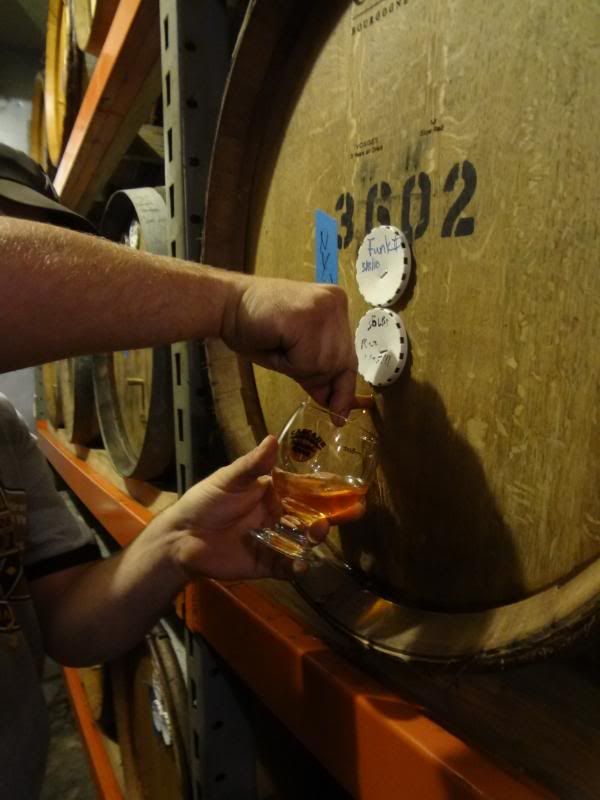 Thanks to Beck and Preston and the whole Cascade crew for allowing me to spend a day with them. The beers are a must have if you are in Portland, OR. Be sure to check out the vintage produce scale in the entry way of the pub. There are not many left of it's kind. While in Portland it is a must to arrive hungry and hit each and every food truck in the downtown area.
Thanks to Beck and Preston and the whole Cascade crew for allowing me to spend a day with them. The beers are a must have if you are in Portland, OR. Be sure to check out the vintage produce scale in the entry way of the pub. There are not many left of it's kind. While in Portland it is a must to arrive hungry and hit each and every food truck in the downtown area. Eat a sandwich for god's sake!
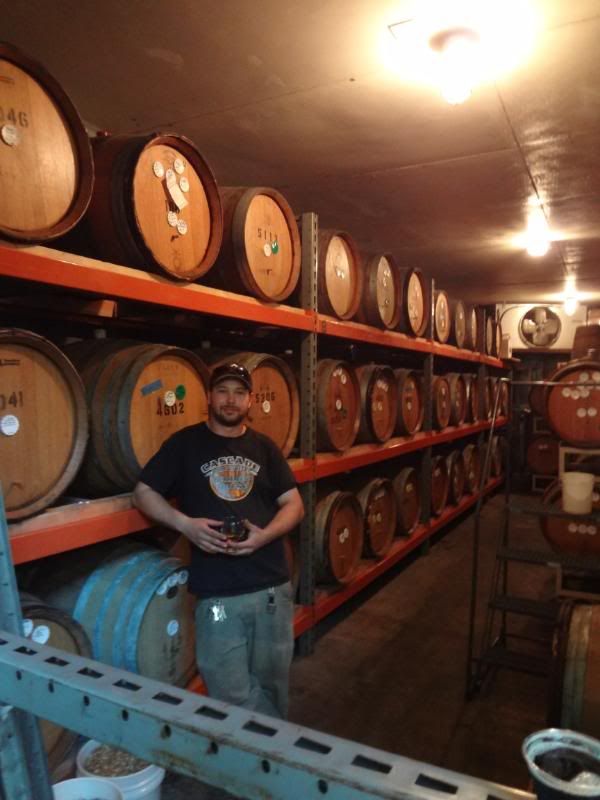

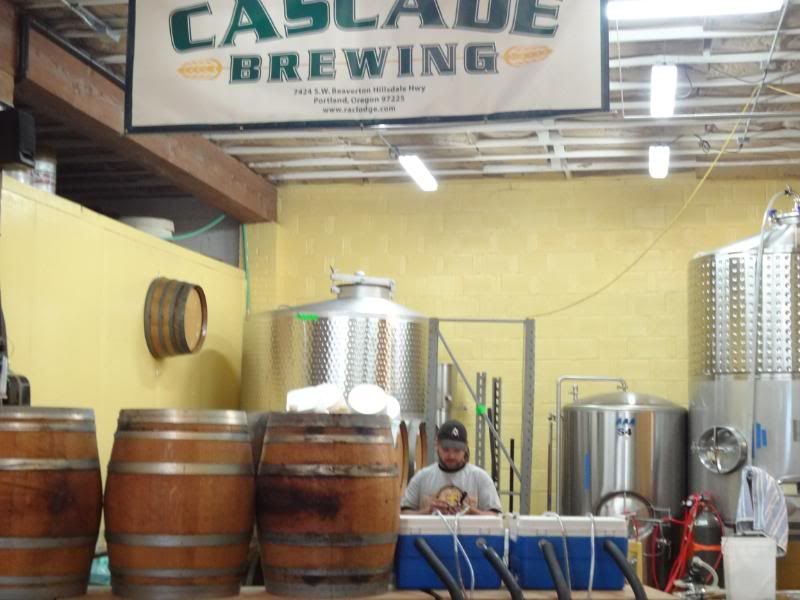
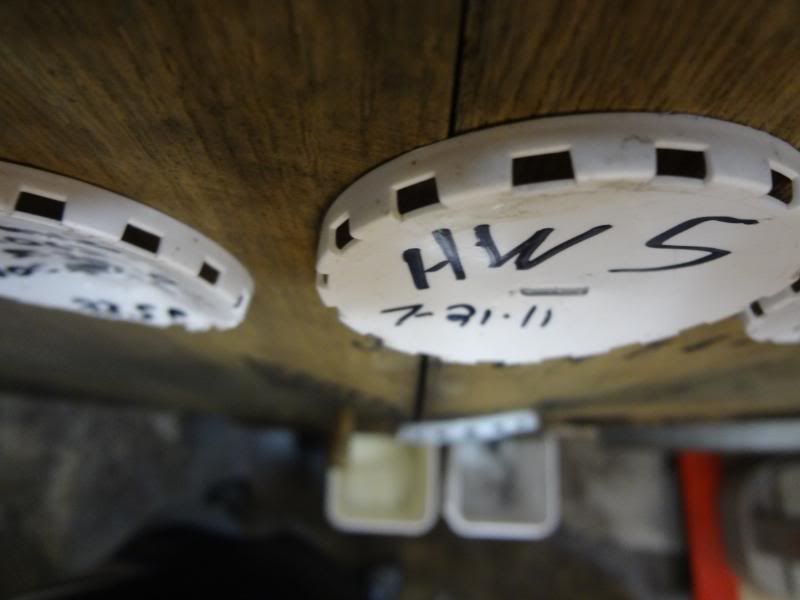

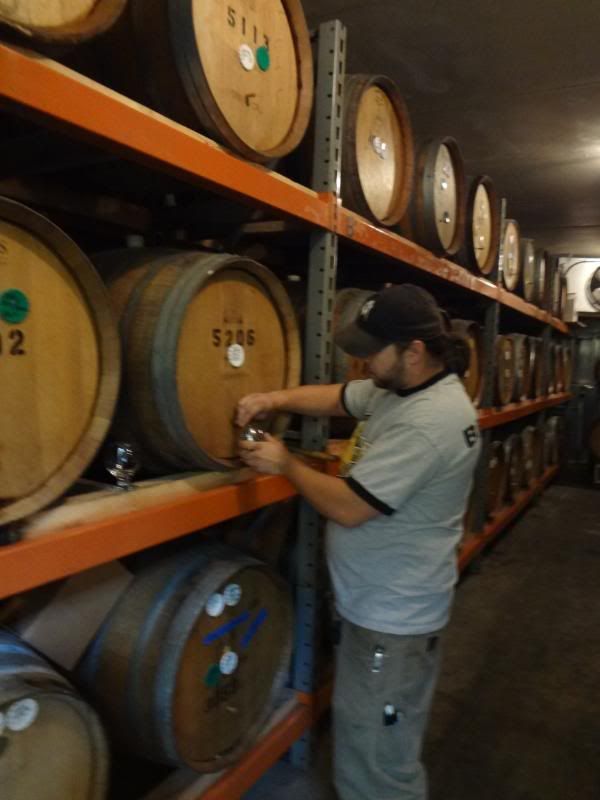

No comments:
Post a Comment